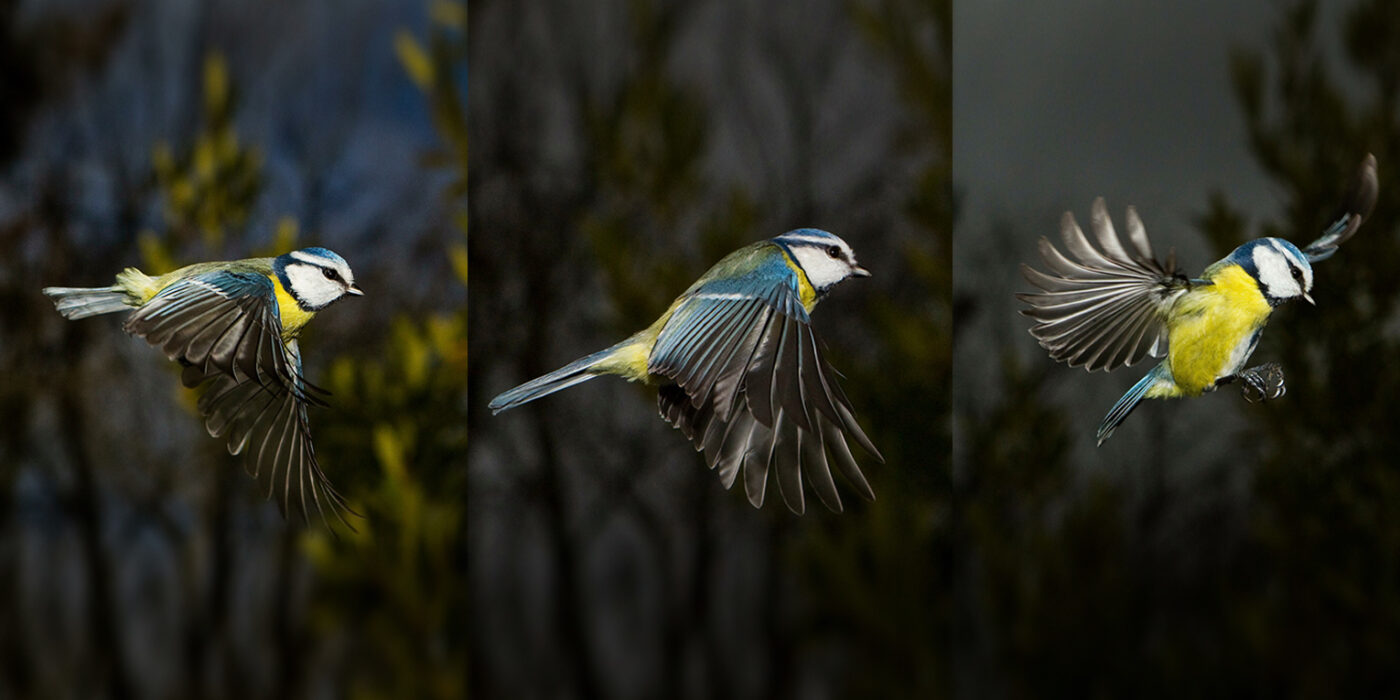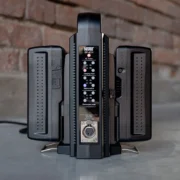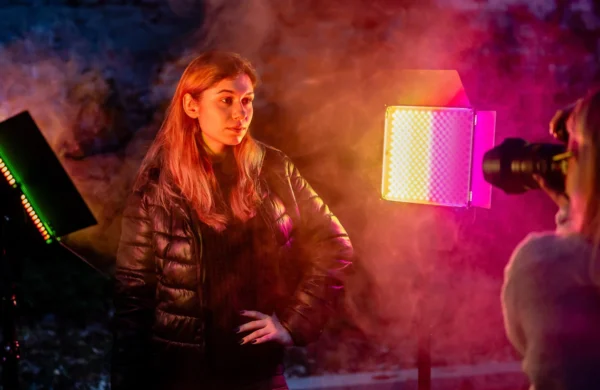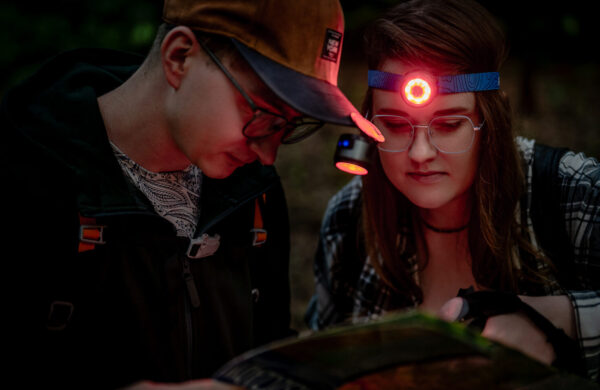Among Nikon D850 owners, there is a lot of people photographing birds, wildlife or sports. What do these subjects have in common? Motion, of course, which is easier to capture in freeze-frame when you use the continuous shooting mode. By default, the Nikon D850 lets you shoot at 7 frames per second. However, there is a way to raise this result to 9. If you want to know how to improve your camera’s performance and save a lot of money at the same time, this article was written especially for you!
Sometimes being a fraction of a second late in pressing the shutter button can ruin your plans for the perfect photo. This is especially true when taking pictures of moving subjects. However, the continuous shooting mode comes to the rescue. Taking several pictures per second increases the chance of hitting the perfect moment. And when you can take 9 instead of 7, the chance of success increases by 22%. So it is worth following our guide, especially that with Newell products you can also save a few hundred dollars. How is it possible? You will learn about it in the fourth paragraph. This is because such a text needs to start with a theory and a proper introduction.
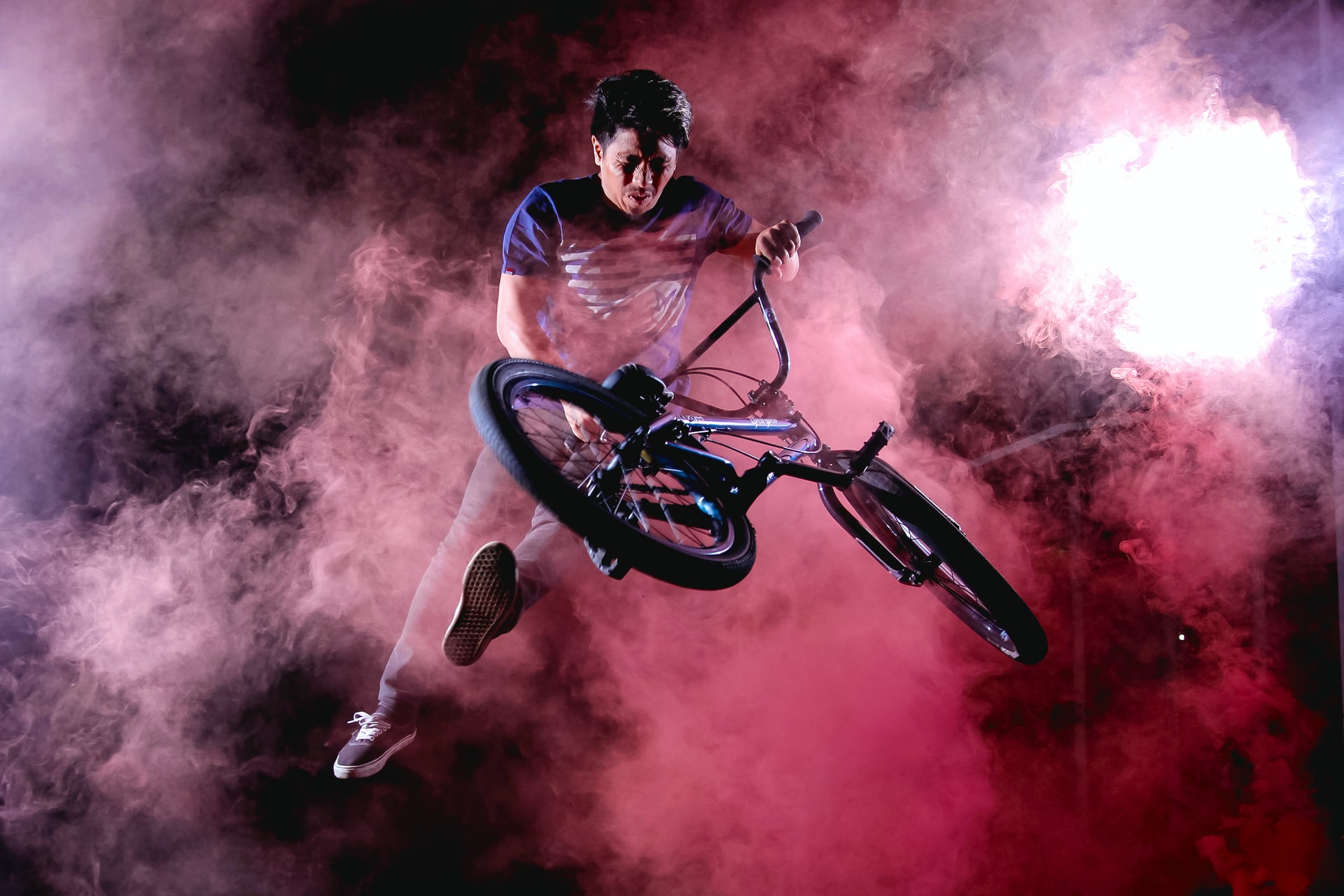
CONTENTS:
- How many frames per second does a photographer need?
- The continuous shooting mode in the camera
- Nikon D850 – how many photos will it take in a second?
- 9 frames per second in the Nikon D850 without spending millions
- How to shoot 9 frames per second with Nikon D850?
How many frames per second does a photographer need?
We primarily associate the term frame rate, which refers to the number of frames recorded per second, with the film industry. On YouTube you can easily spot the difference between 25 and 50 fps, so you don’t have to be an expert to intuitively figure out what it’s all about. In simple terms, a smaller frame rate means smoother and more natural movements in your footage. When it comes to photos, however, it’s about something else. Frame rate refers to how many photos a device manages to take per second. For the typical camera user, one is probably enough and it never occurs to them that there could be more. However, photography enthusiasts will quickly discover that more photos taken one after the other means a greater chance of capturing the perfect frame when something (or someone) is moving fast. And this is where the continuous shooting mode comes to the rescue. The camera then takes pictures continuously until you release the shutter.
Continuous shooting
People who take pictures of moving animals know that a lot can happen in a second. Basic cameras usually offer a continuous shooting mode that can take 3 pictures per second. If you are photographing a cat jumping onto a desk, with a bit of luck you will be able to capture the moment of the bounce, the hovering in the air and the landing. If we want to capture other phases of movement, we need a “faster” camera. A cat is an animal which can be an exceptionally gracious model for us anyway. The real challenge is, for example, capturing a bunch of birds taking flight. Then 3 frames captured in one second is definitely not enough. So more advanced cameras come to our aid, such as the hero of today’s text, i.e. the flagship full frame from Nikon, which had its premiere in 2017.
Nikon D850 – How many pictures will it take in a second?
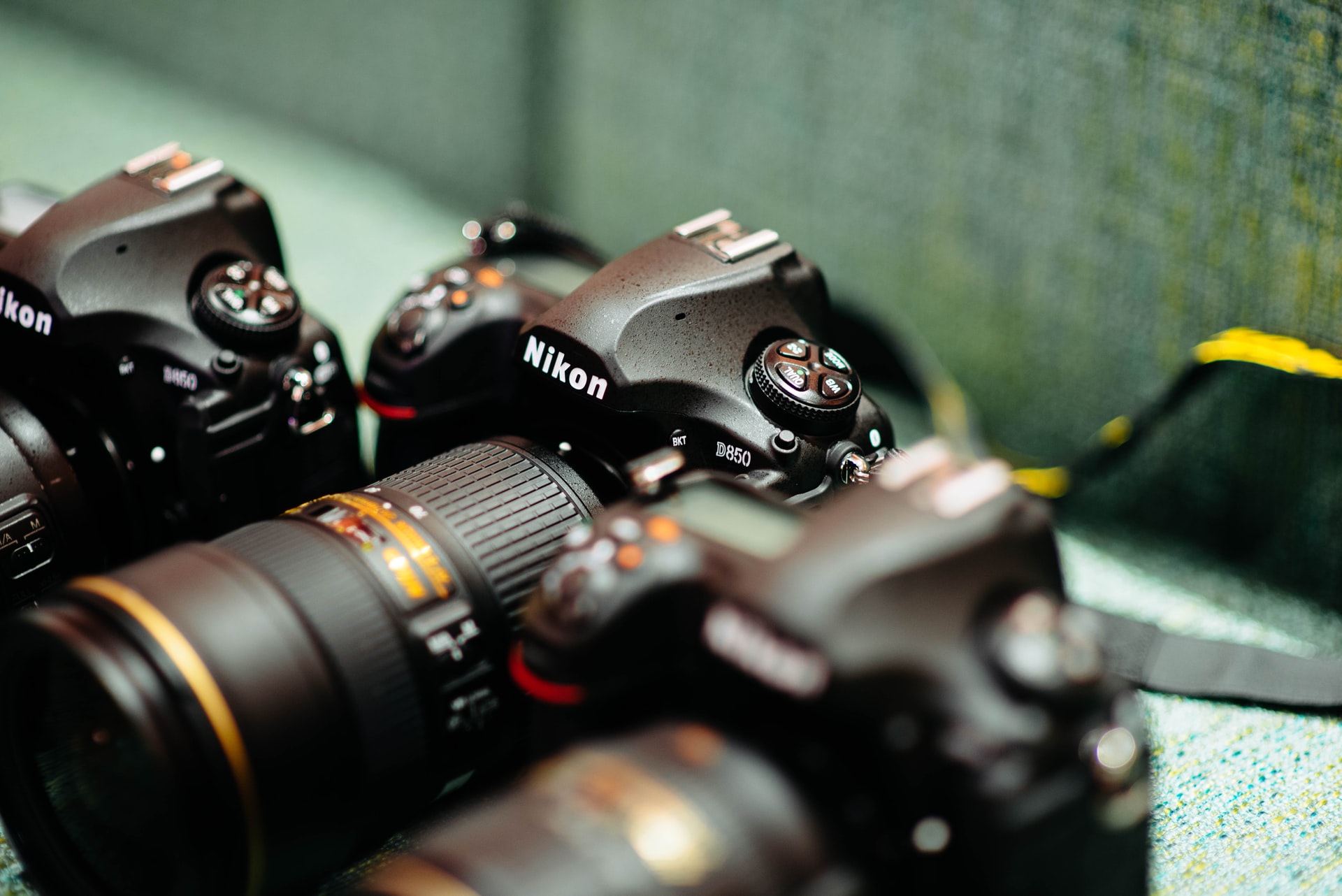
The Nikon D850 combines speed, detail and ultra-precision. All these features will be very desirable when freezing motion in single images. A great advantage of the device is also high image quality at high ISO sensitivities and efficient autofocus. For us, however, the most important thing will be the ability to take a large number of pictures per second. The default value here is 7 fps. Gaining 2 additional frames per second involves the purchase of appropriate accessories, which will be discussed in a moment. Believe it or not, this inconspicuous upgrade makes all the difference when you’re looking for perfect shots of graceful models such as horses galloping or cranes soaring.
9 frames per second on the Nikon D850 without spending millions
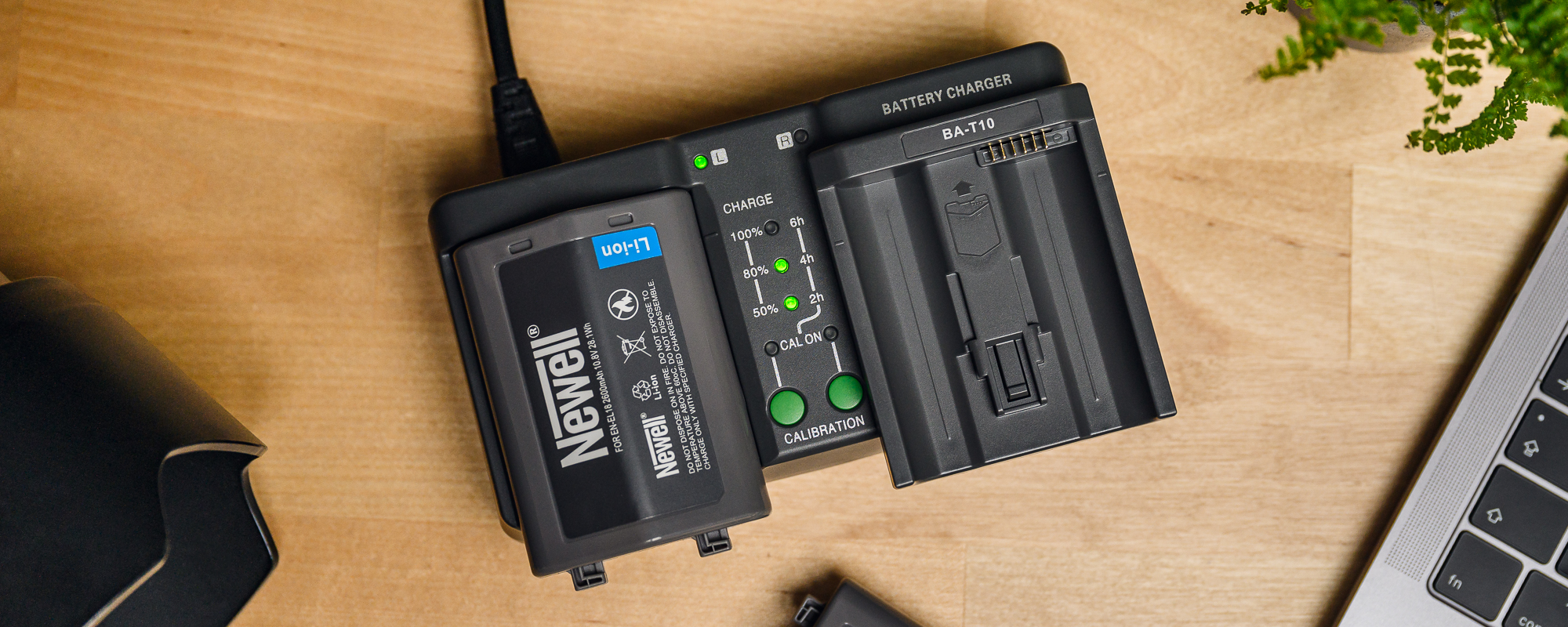
The accessories needed to achieve 9 frames per second on the D850 are a grip, a special battery with charger, and an adapter that allows you to place a new cell inside the battery pack. Newell products will allow you to perform this camera upgrade for $240. That’s 79% less compared to Nikon originals. Sounds like a pretty good promotion, right? Here’s how Newell’s essential accessories are priced:
- Newell MB-D18 battery pack for Nikon – $112,
- Newell BC-18B dual channel battery charger for EN-EL18 batteries – $63,
- Newell battery EN-EL18 – $45,
- Newell BL-5 battery pack adapter for Nikon – $20.
Now that you know what your Nikon D850 needs to become a super camera and not ruin your budget, it’s time for the last step – configuration in the menu.
How to run 9 frames per second on the Nikon D850?
When it comes to connecting all the accessories you bought, the task is trivial. You charge the battery with a charger (who would have thought 😅), and then place it in the battery pack adapter. Then you just need to put it into the battery compartment of the grip (instead of the one you find there by default). To make it even easier you have to configure the camera itself. Fortunately, it takes literally 2 seconds:
- Enter the “SETTINGS MENU”. Go to the section marked with a key.
- On the 5th line you will find the “Power Order” option. The default parameter is “D850.” Change it by selecting “Use power first in MB-D18”. Menu should now display “MB-D18”.
- If the power switch to the grip is successful, the green LED above the “i” button will blink.
Voila! That’s all it takes for the Nikon D850 to give you 9 frames per second in continuous shooting mode.
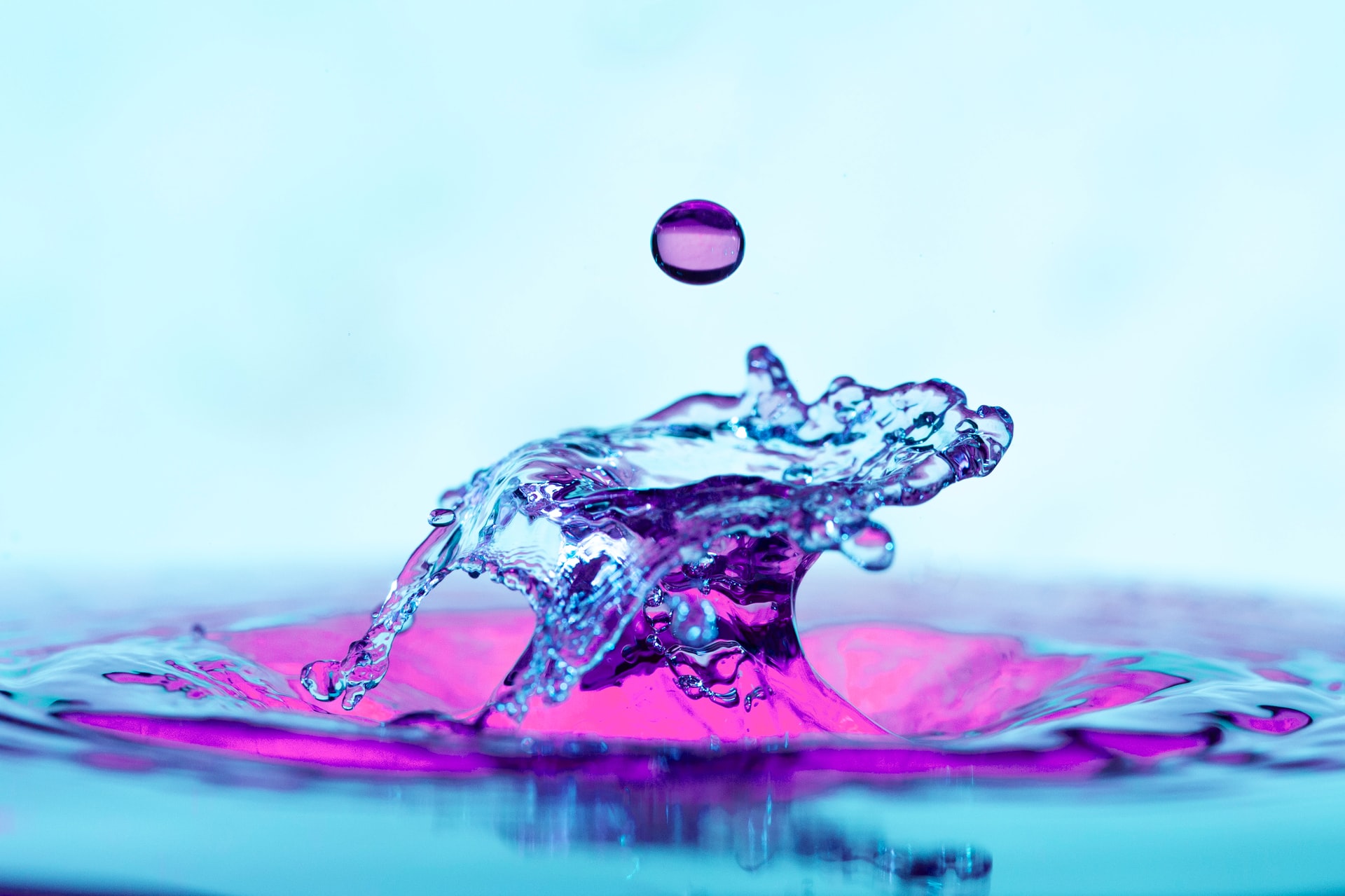
If you used our tutorial, don’t forget to show us the results of your work. We’re on Facebook and Instagram, so go ahead and share your shots! Photos from creatives using our equipment give us even more joy than Pizza Fridays and Fruit Tuesdays, so you know what to do 🤗.
Credits: CHUTTERSNAP, Gary Bendig, Spencer Davis, Robert Anderson, Andhika Soreng

